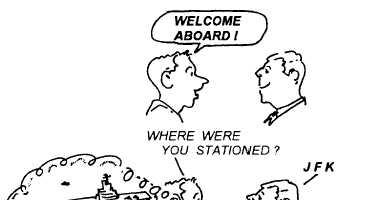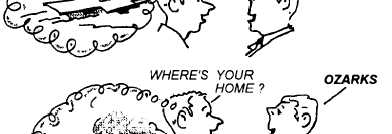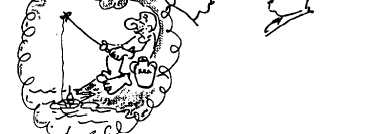| |
You should be careful not to reflect negative
attitudes through your behavior toward the customer.
The following are some examples of such behavior:
You may reflect your attitude toward a specific
rating by your lack of interest in a problem of a
member of the rating.
You may reflect your view of yourself as
intellectually or educationally superior in the
way you to talk down to the customer.
You may reflect your aversion to touching by
placing a pen on the counter rather than handing
it directly to the person. (Have you ever wiped
your hand on your trouser leg after shaking hands
with someone?)
STEREOTYPING
Stereotyping is forming a standardized, over-
simplified mental picture of members of a group. We
attribute fixed or general traits to all members of that
group—disregarding individual, distinguishing qualities
or traits. Stereotypes can be based on traits such as sex,
race, religion, nationality, length of hair, or even dress.
We form mental pictures of people, things, and events
based on the traits of that group to which they belong.
Stereotyping eliminates the need for us to know a
person as an individual. It allows us to conveniently
place a person in a group. Based on the traits we attribute
to that group, we then believe we know all about that
person. Placing the person in a group implies that the
person has the same characteristics as everyone else in
that group or category. That in itself is bad enough, but
placing the person in a category you regard as inferior
is even more offensive.
Don’t confuse stereotyping with the practice of
using personality and physical characteristics as
memory aids. Many people rely on these to recall facts
about individuals (name, occupation, etc.).
The following illustration points out the difference
between a mental picture that is a valid aid to com-
munication and one that is an unwarranted stereotype.
Mental pictures are important because they are a quick
way of conveying messages, but you must be sure they
really fit the individual before you apply them.
3-7
|



